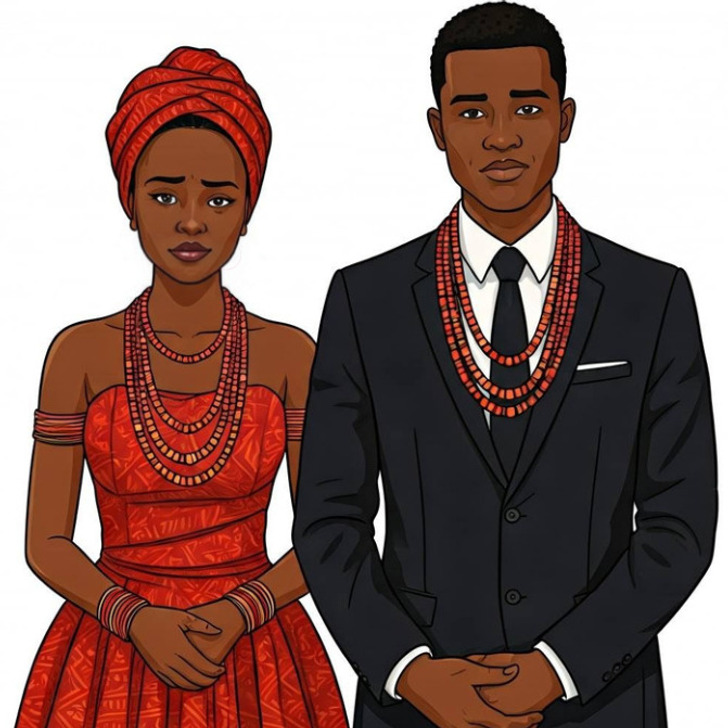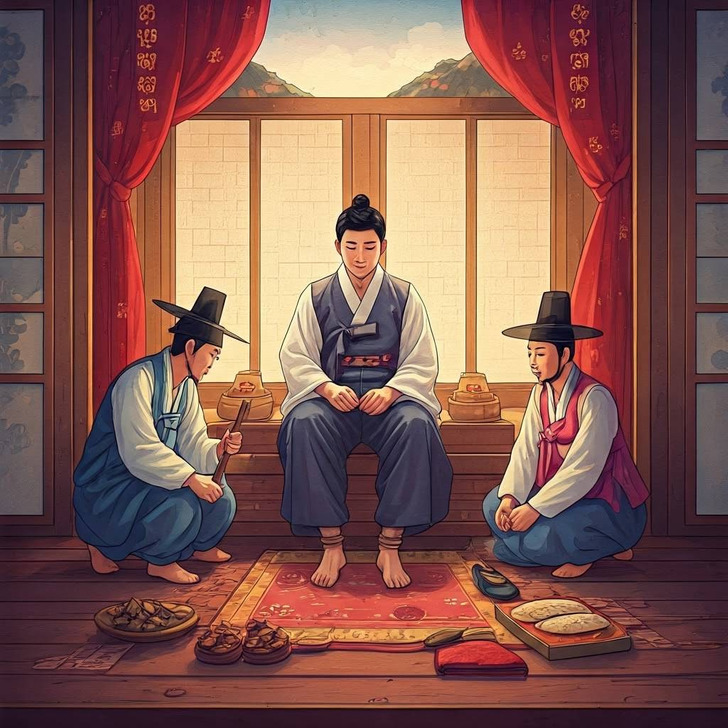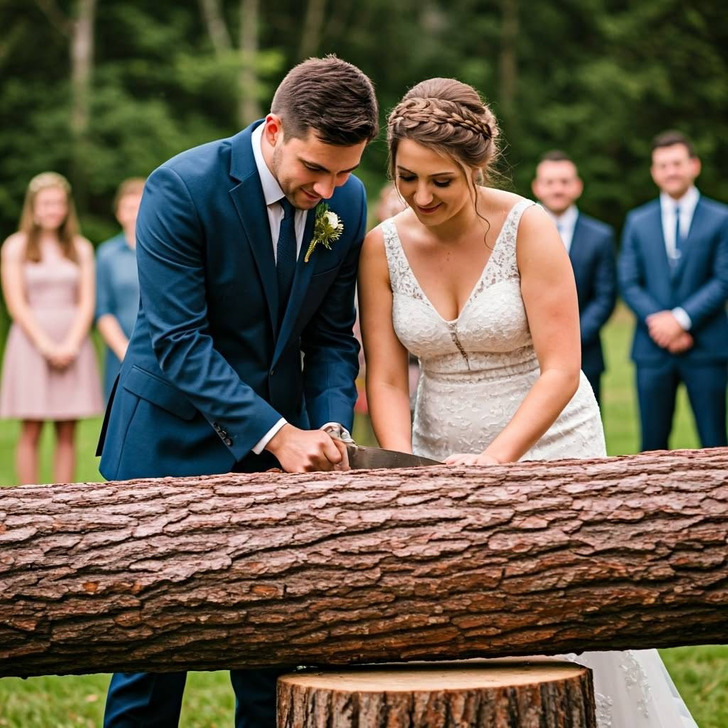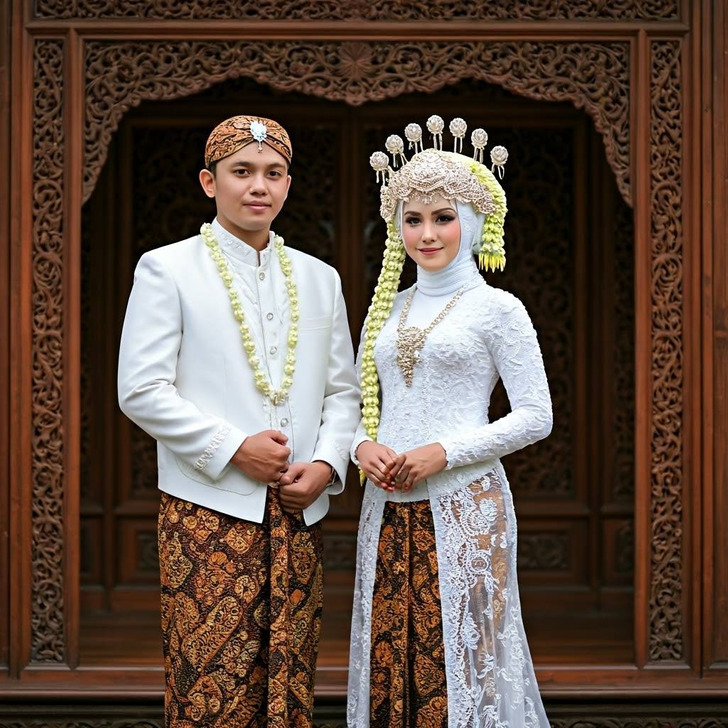15+ Red Flags That Scream a Person Has Low Self-Esteem


Weddings are celebrated differently across cultures, with traditions that range from romantic to downright bizarre. While some customs focus on love and unity, others involve challenges, superstitions, and even a bit of suffering for the couple. Here are 10+ unusual wedding traditions from different cultures that highlight the diversity of matrimonial celebrations worldwide.


The tradition holds multiple layers of meaning:


Purpose: The Joota Chupai tradition serves multiple functions beyond mere amusement.







While wedding traditions can be strange and fascinating, they’re just the tip of the iceberg when it comes to cultural surprises. What happens when people find themselves in situations so different, it feels like they’ve landed on another planet? Don’t miss the next article, where 28 people share their most unforgettable culture shock moments.











